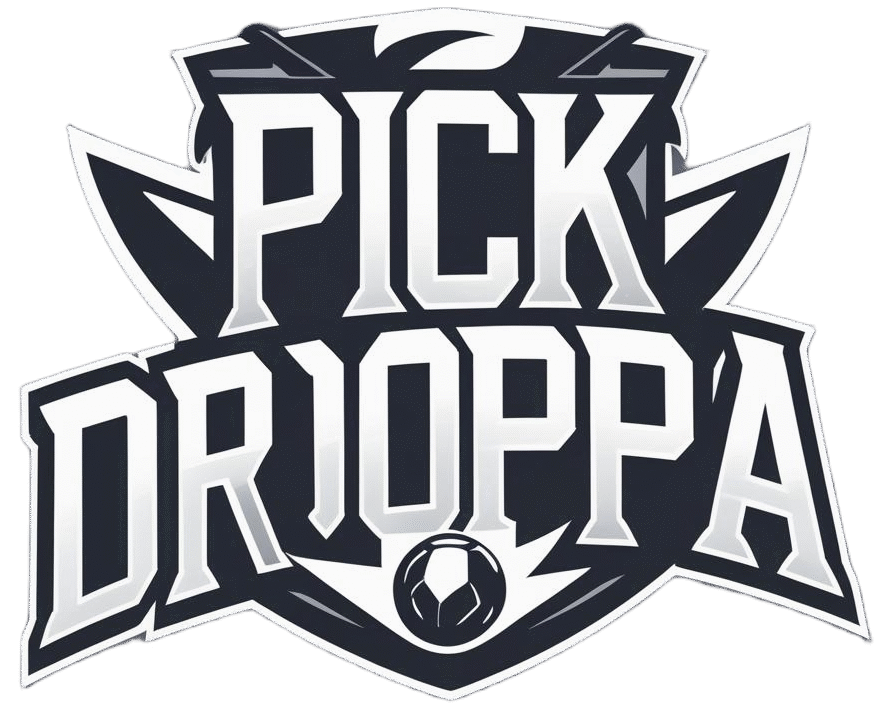In an increasingly complex and interconnected world, the individual brilliance of a single person, while valuable, rarely delivers the transformative impact of a cohesive “team.” A team is more than just a group of individuals; it’s a dynamic entity where members collaborate, leverage diverse strengths, and collectively strive towards a shared goal. As of mid-2025, the principles of effective teamwork are undergoing significant evolution, driven by shifts in work models, technological advancements, and a renewed focus on holistic well-being.
What Defines a High-Performing Team?
At its core, a high-performing team is characterized by synergy – where the collective output far exceeds the sum of individual contributions. Key elements include:
- Shared Vision and Clear Goals: Every member understands the team’s purpose, long-term objectives, and how their individual contributions align with the broader mission. This clarity avoids confusion and fosters a sense of collective purpose.
- Effective Communication: Open, transparent, and consistent communication is the cornerstone. This involves active listening, constructive feedback, and the effective use of both synchronous (real-time meetings) and asynchronous (messages, shared documents) channels to keep everyone informed and connected.
- Trust and Psychological Safety: Team members feel safe to express ideas, ask questions, admit mistakes, and take risks without fear of judgment or retaliation. Trust is built through transparent communication and reliable follow-through.
- Complementary Skills and Diverse Perspectives: A strong team leverages the unique talents, experiences, and cultural backgrounds of its members. Diversity fuels creativity, improves brainstorming, and leads to more innovative and comprehensive solutions.
- Accountability and Empowerment: Each member takes ownership of their responsibilities, and the team collectively holds itself accountable for outcomes. Leaders empower teams with autonomy to make decisions within their delegated responsibilities.
- Adaptability and Resilience: High-performing teams are flexible, able to navigate changes, pivot strategies, and bounce back from setbacks effectively.
The Evolution of Teamwork: From Co-location to Global Collaboration
Historically, teams were often defined by physical proximity. The industrial age emphasized hierarchical structures where managers directed individual tasks. The digital age, however, has revolutionized this:
- Rise of Agile Methodologies: Agile frameworks, promoting iterative development, frequent communication, and continuous feedback, have become standard, fostering highly collaborative and adaptive teams.
- Impact of Remote and Hybrid Work: The global events of recent years accelerated the shift to remote and hybrid work models. This has necessitated new approaches to team cohesion, communication, and culture-building across different time zones and geographical locations. Studies in 2025 confirm that hybrid work is now the norm for many organizations.
Key Trends Shaping Team Dynamics in 2025
As of mid-2025, the future of teamwork is dynamic and tech-driven:
- AI-Driven Collaboration and Automation: Artificial Intelligence is increasingly becoming a cornerstone in team management. AI-powered tools enhance decision-making, automate routine tasks (like data entry, scheduling, or even summarizing meetings), and predict project outcomes. Tools like Notion AI or ChatGPT assist teams in drafting emails, brainstorming ideas, and streamlining workflows, allowing members to focus on more complex, strategic, and creative work. CoBots (collaborative robots) are also emerging to optimize processes in physical workspaces.
- Sophisticated Virtual Collaboration Tools: With hybrid and remote work firmly established, advanced virtual tools are essential. Beyond basic video conferencing, platforms offer screen sharing, recording, virtual backgrounds, and features that facilitate real-time co-creation in shared digital spaces (e.g., virtual whiteboards, 3D meeting environments for VR/AR). Equitable video conferencing setups are designed to give all participants, whether remote or in-office, an equal voice.
- Emphasis on Well-being and Mental Health: Recognizing the link between employee well-being and workplace performance, team management is prioritizing holistic health. Flexible work schedules, mental health resources, mindfulness programs, and “no-meeting days” are being integrated to prevent burnout, manage stress, and ensure team members feel supported and recharged.
- Collaborative Leadership and Flatter Hierarchies: Organizations are moving towards flatter structures, empowering teams with greater autonomy and trimming middle management layers. This encourages decentralized decision-making, fosters a culture of accountability, and enhances agility. Leaders are focusing on coaching, empathy, and creating supportive atmospheres where all team members feel valued and heard.
- Continuous Learning and Knowledge Sharing: With rapid technological advancements, continuous learning is critical. Teams are actively building knowledge-sharing platforms and digital hubs (like Confluence and Loom AI Meeting Notes integration) where information is accessible, transparent, and easily digestible. This accelerates problem-solving and innovation, as collective knowledge is unlocked.
- Unconventional and Tech-Enhanced Team Building: Team-building activities are moving beyond simple fun to focus on meaningful outcomes. Trends include wellness activities (e.g., yoga), social impact and sustainability initiatives (e.g., charity builds, eco-challenges), and gamified experiences using interactive technology (e.g., mobile escape rooms, VR escape rooms, GPS treasure hunts). Alcohol-free activities are also gaining popularity.
- Personalized Collaboration Tools: Teams are customizing tools to fit their unique workflows and individual working styles. This involves leveraging automation within collaboration platforms to streamline day-to-day tasks and staying updated on new tools that can enhance productivity and communication.
The Unstoppable Force
Teamwork fosters creativity, improves brainstorming, boosts productivity, enhances problem-solving, and builds stronger relationships. When employees feel connected, engaged, and supported, they are more committed, experience less stress, and are less likely to experience burnout or turnover. The importance of teamwork will only continue to increase, ensuring sustained growth and competitiveness for organizations that master this vital aspect of human collaboration.

